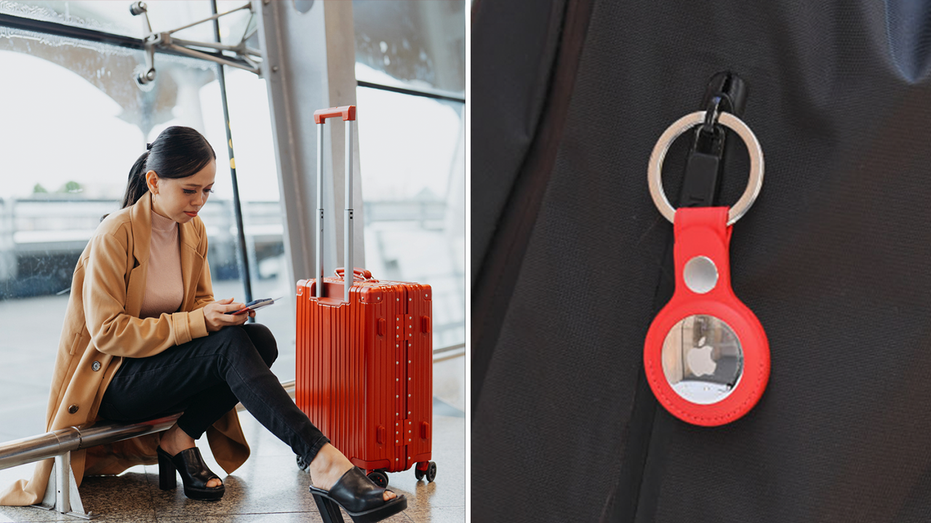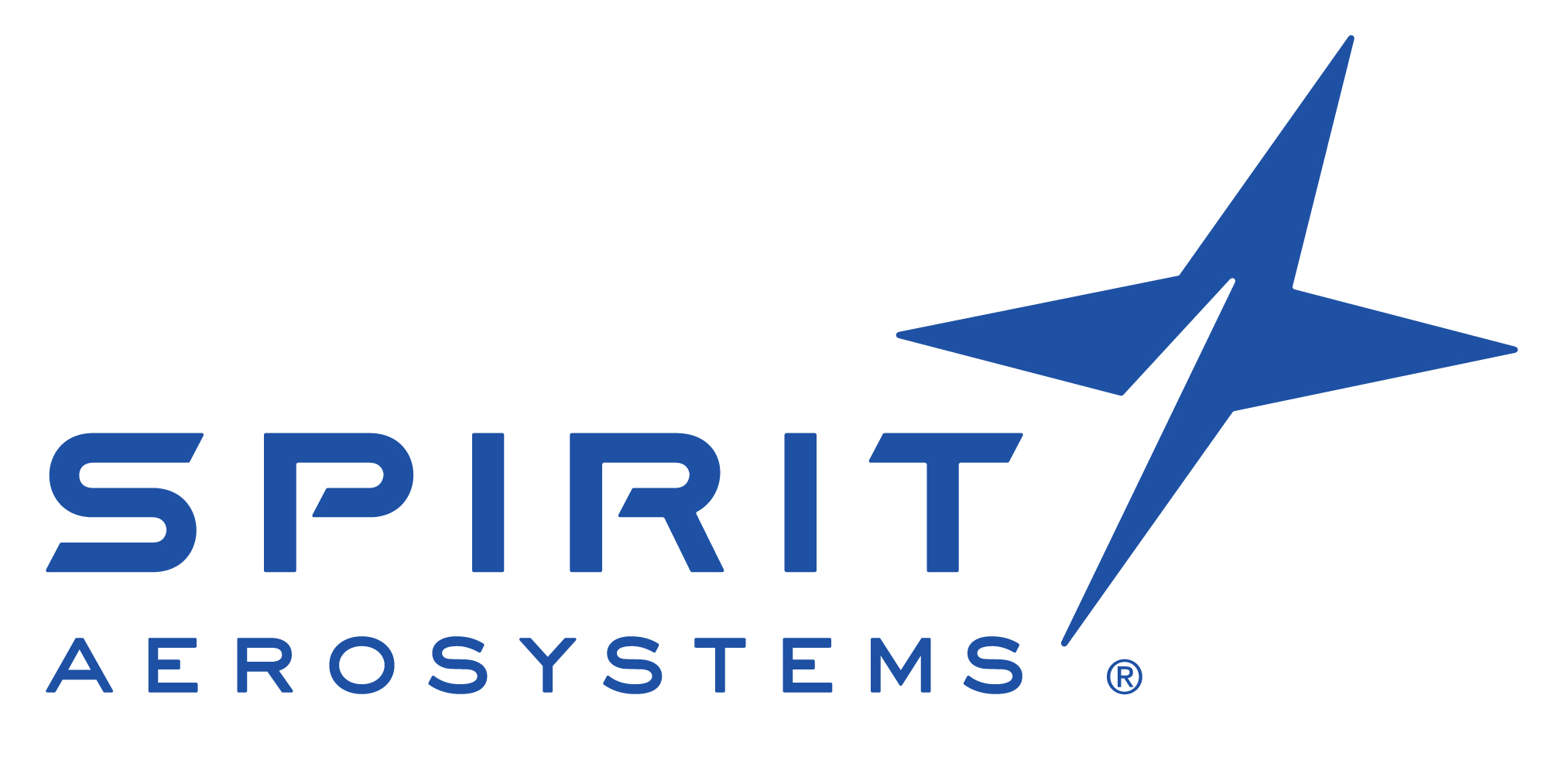Saturday, August 24, 2024 For years, Australians have enjoyed the convenience of traveling visa-free across Europe, exploring the continent’s rich culture, history, and attractions without the need for extensive paperwork. However, this is set to change with the introduction of the European Travel Information and Authorization System (ETIAS), a new program that will come into effect in the first half of 2025. This new regulation will require Australians, along with citizens from 60 other visa-exempt countries, to obtain travel authorization before entering the European Union (EU).
ETIAS stands for European Travel Information and Authorization System, a digital system developed by the European Union to enhance security and manage the movement of travelers across its borders. The primary goal of ETIAS is to pre-screen travelers before they enter the Schengen Area, which comprises 27 European countries with open borders for residents and visitors. Under the ETIAS program, Australian travelers will need to apply for authorization before their trip to Europe.
This process is somewhat similar to the United States’ Electronic System for Travel Authorization (ESTA), which has been in place for several years. The ETIAS application will be mandatory for all visa-exempt travelers, including Australians, who plan to visit the Schengen Area for short stays of up to 90 days within a 180-day period. The application process for ETIAS is designed to be straightforward and user-friendly, w.

















